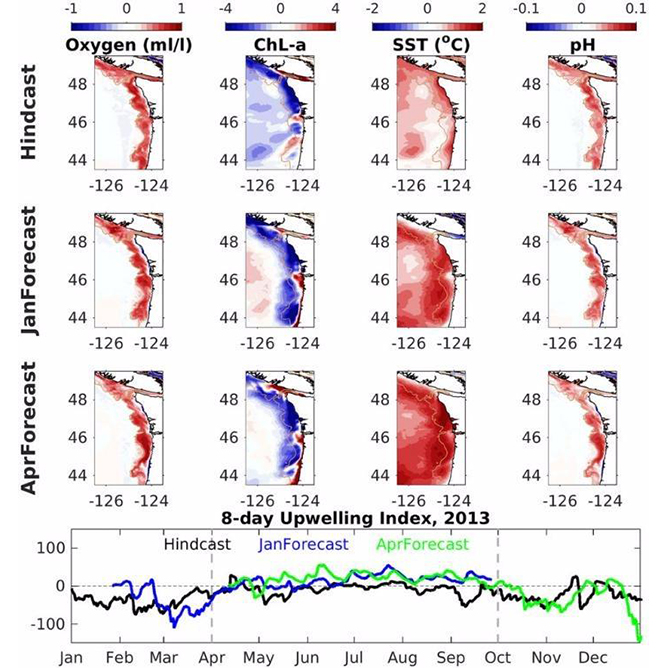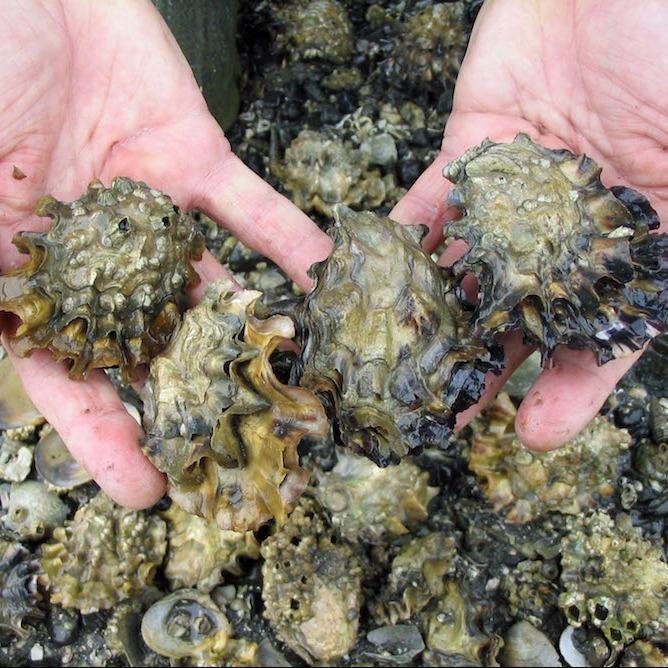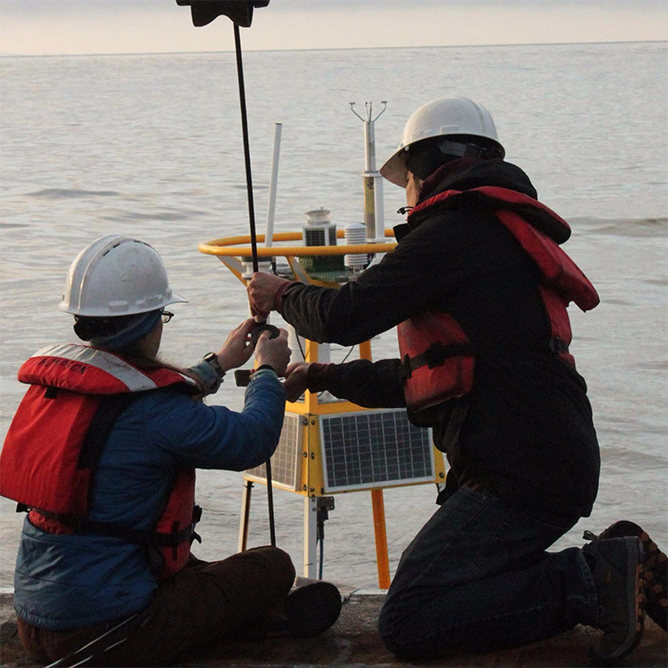
Science ↔ Society: Equilibrating Our Understanding of Ocean Acidification


Coral Reef Fish Are More Resilient Than We Thought, Study Finds
At a time when the Great Barrier Reef and other coral reefs are facing unprecedented destruction, researchers in Australia have found a small ray of hope for the fish that make the reefs their home.
Fish are more resilient to the effects of ocean acidification than scientists had previously thought, according to research published
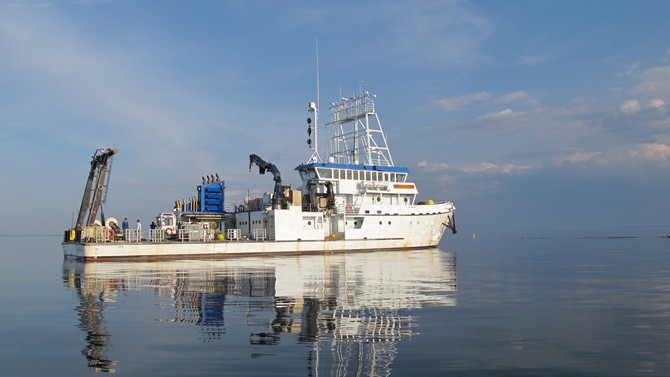

Keeping An Eye On Ocean Acidification In Chesapeake Bay
New paper identifies pH minimum zone in bay water.
A research team, led by University of Delaware professor Wei-Jun Cai, has identified a zone of water that is increasing in acidity in the Chesapeake Bay.
OAP Director Serves in Advisory Role to the Ocean Acidification International Coordination Centre
OAP Director, Libby Jewett, along with PMEL Lead Oceanographer, Richard Feely, attend the Advisory Board Meeting of the International Coordination Center for Ocean Acidification (OA-ICC) on September 26th-28th, 2017.
OAP Serves on Panel to Strengthen Collaborative Ocean Acidification Research in the Arctic
Max Kaplan, a Knauss Fellow with the OAP, will be serving on a panel at the Arctic Science Networking Workshop hosted by the Arctic Council to be held in Helsinki, Finland. He will be speaking to opportunities to strengthen international collaborations in ocean acidification monitoring in the Arctic, a region that is particularly vulnerable to
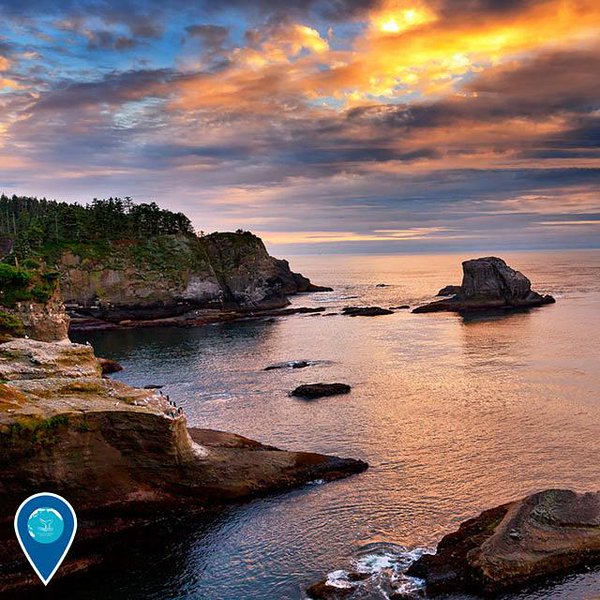

A Sentinel for Change: Secrets along the seafloor in Olympic Coast
Whether you arrive on the Olympic Peninsula by land, sea, or air, you sense its remote, rugged and vast environment immediately. The Olympic Coast is home to productive waters which sustain thriving marine and coastal communities that have long supported the region’s tribal peoples. Ocean waters quickly deepen just offshore, boasting canyons which extend almost
